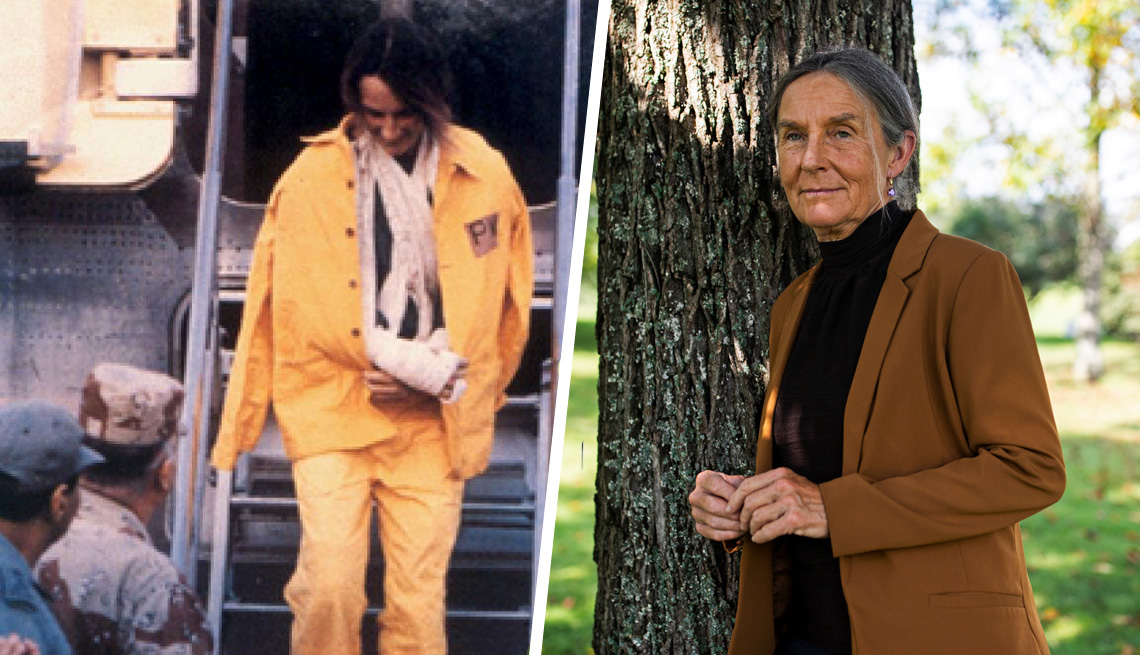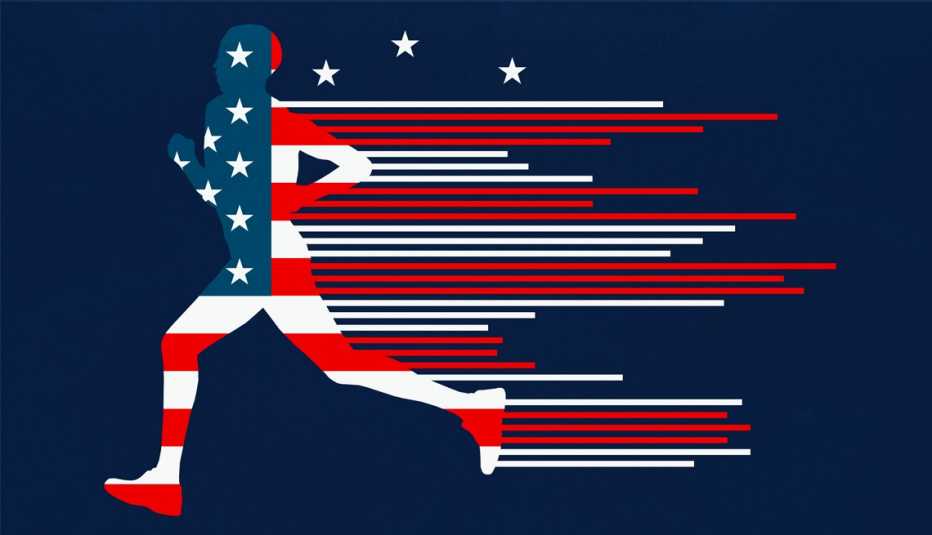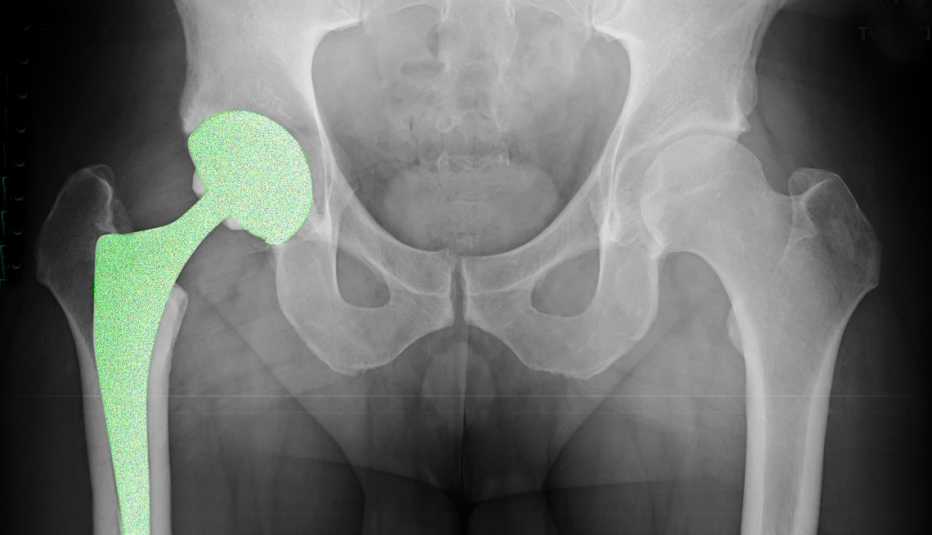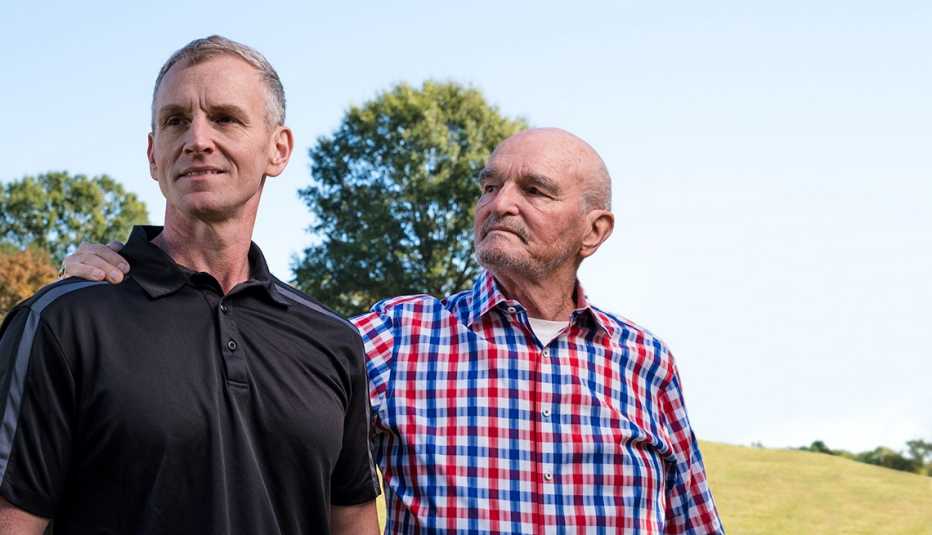Staying Fit
I was coming out of graduate school with a PhD in biochemistry, and I wanted a research job. I was interested in working for government services, and the only job I could find was at a fish nutrition lab, where I would be the only female, the youngest person (I was 23) and also the boss.

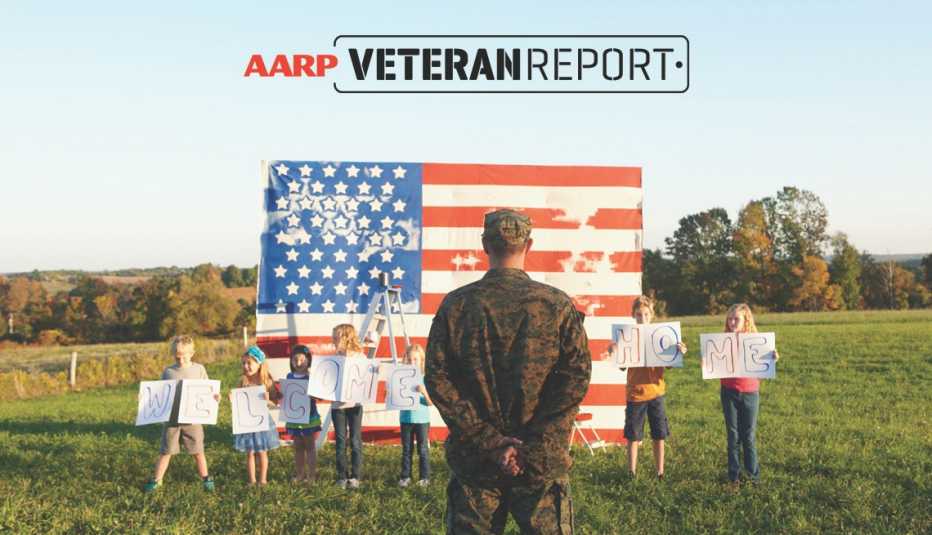
You can subscribe here to AARP Veteran Report, a free e-newsletter published every two weeks. If you have feedback or a story idea then please contact us here.
That sounded like a recipe for failure. Then one day an Army recruiter contacted me and said, “We need somebody to do the kind of research that you do. The only catch is, you have to join the Army.”
This was 1978. I had never considered joining the Army. I didn’t know anybody in the Army. But I went and saw the lab in San Francisco where I would be working, and it was beautiful. They had plenty of money. I wouldn’t have to teach. So, I joined.
It was an easy transition, but after four years, I realized that I was making about half as much as the physicians surrounding me. I was a single mother by this time. I looked at my choices and decided to go to the military medical school in Bethesda, Maryland. There I met Kory Cornum, my husband. I became a flight surgeon at Fort Rucker in Alabama, and he became a flight surgeon at Eglin Air Force Base in Florida.


AARP Membership— $12 for your first year when you sign up for Automatic Renewal
Get instant access to members-only products and hundreds of discounts, a free second membership, and a subscription to AARP the Magazine.
On Aug. 2, 1990, I watched the tanks roll into Kuwait on television—the invasion of Kuwait by Iraqi forces. Soon after, a commander of an Apache battalion asked me if I would accompany his unit to Iraq. I decided that I had to go. I thought, You’re really going to war, Rhonda. I remember thinking that I could die. What came to mind was something my grandfather once told me. He was a veteran of World War II. He said, “Rhonda, there are worse things than dying. There is living with dishonor.” If I didn’t go to war, I would have to live with dishonor for the rest of my life.
On Feb. 27, 1991, I was aboard a Black Hawk helicopter on a search and rescue mission over southern Iraq. An F-16 pilot had ejected from his plane, and we were told he was alive and talking on his radio. We went to get him, but we did not have intel on what was going on where we were headed. We just had coordinates. In fact, we were headed into the biggest ammunition supply point in southern Iraq.
We got shot down. I was shot in the back. I broke both my arms. I had a transected anterior cruciate ligament in my right leg. I lost a lot of blood. I ended up a prisoner of war. I was very fortunate to have survived the wreck, as five guys from my aircraft did not. If you’re going to get shot down, it’s best to do it on the last day of the war. It was called off on Feb. 28, and after eight days in captivity, I was repatriated.



























































